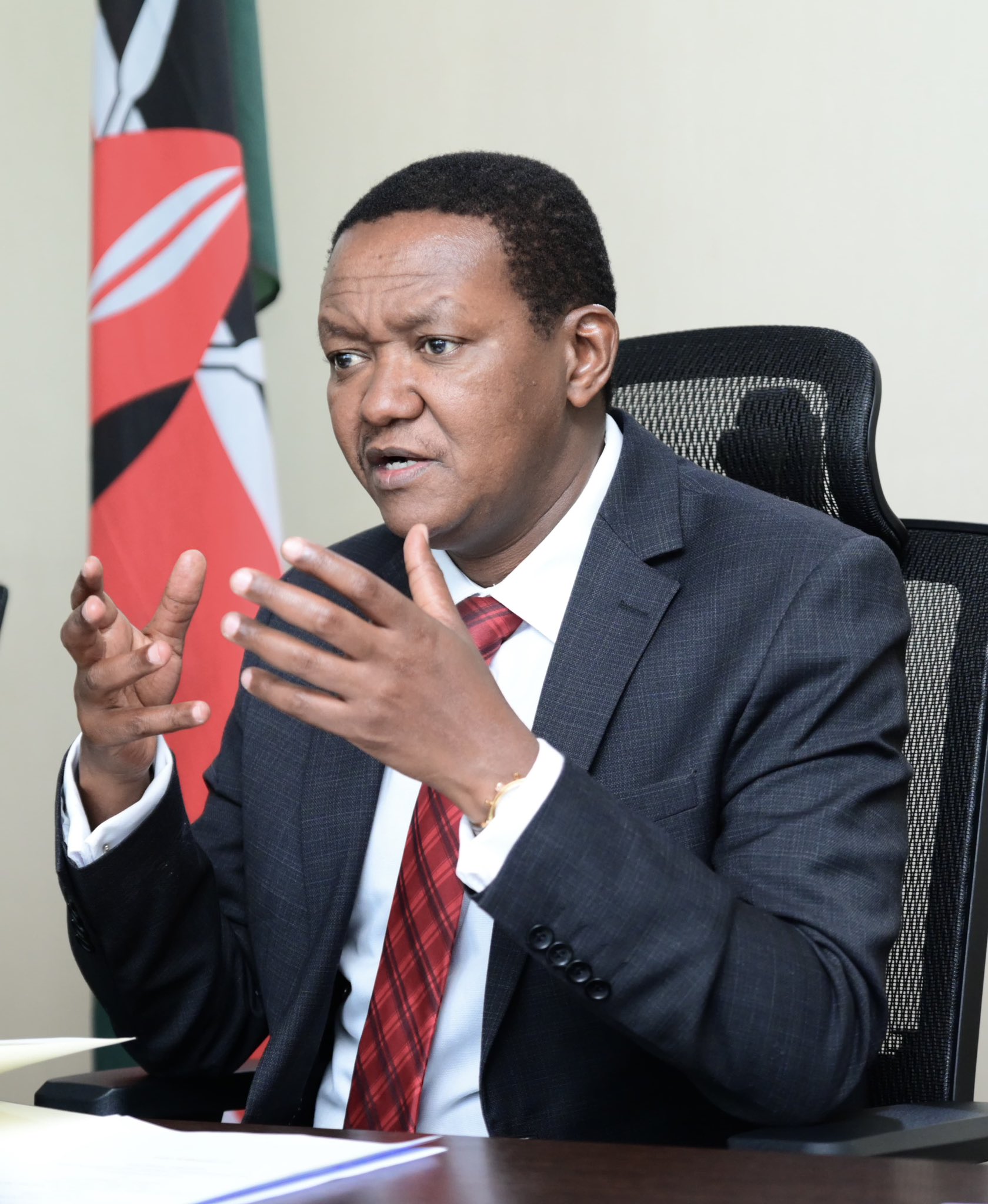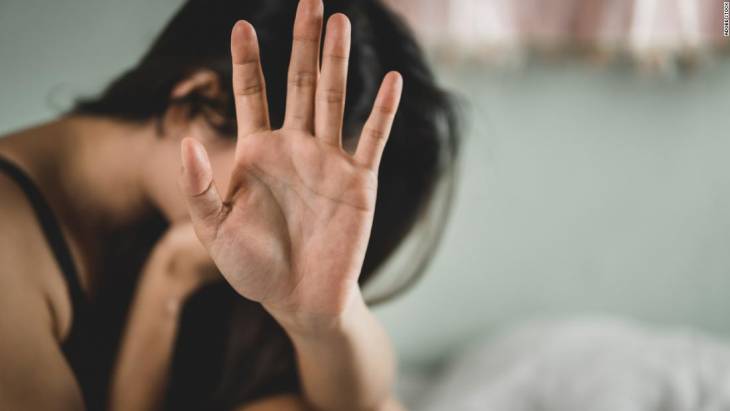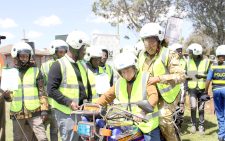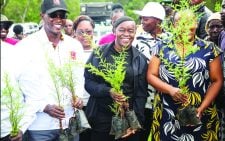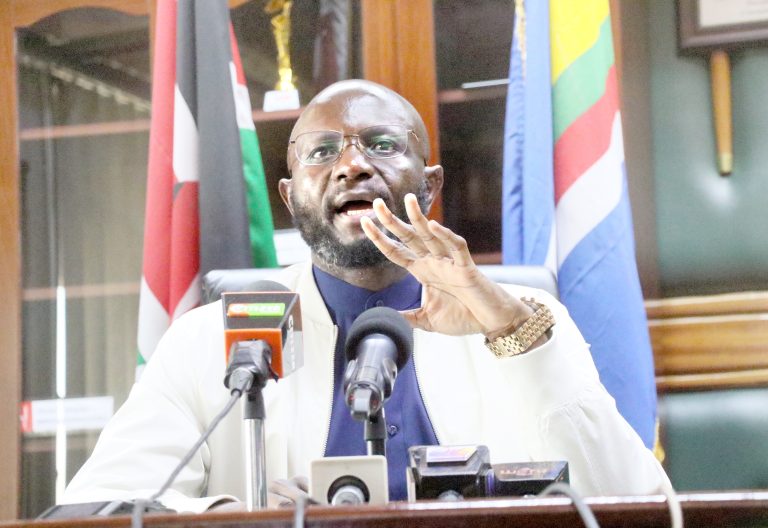Sexual assault on males rarely gets society’s attention
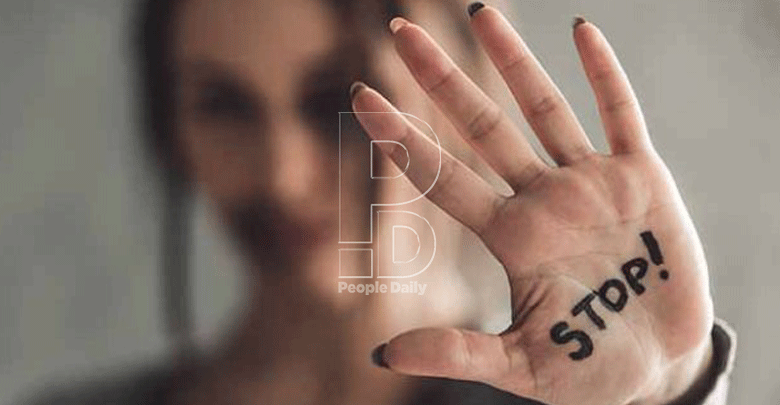
A look at the rising cases of murder in relationships depicts a society that is perverted to the core. This has stemmed in part from suspected aggregated instances of sexual assault with both males and females being victims.
A wide range of acts of sexual violence especially at the domestic front have been swept under the carpet. The victims have been mostly women in what can be attributed to cultural reasons and stereotyping of masculinity and misconceptions about the male.
Not surprisingly, the majority of reported cases of victims of sexual assault victims are women.
The World Health Organisation, provides a list of all forms and contexts of sexual violence which include rape, unwanted sexual advances, sexual abuse of physically challenged people, defilement, forced marriage or cohabitation, denial of the right to use contraception or to adopt other measures to protect against sexually transmitted diseases, forced abortion, violent acts against sexual integrity of women, including female genital mutilation, forced prostitution and trafficking of people for the purpose of sexual exploitation.
In contextual terms, sexual assault involves violence, anger and control over another person. It is not elicited by lust or sexual attraction.
However, as a result of societal norms and the design of a man’s anatomy, male sexual assault survivors have been left to their own devices.
Instead of opening up, men have tended to suffer in silence partly because they do not know how to start a conversation on sexual assault. This has been brought about by masculinity exacerbated by the tough-guy mentality and the unwritten rule of boys don’t cry socialisation which end up masking distress.
Men have the ability to remember sexual abuse incidents perpetrated during their teenage by relatives, friends, house helps and other trusted people. Contrary to popular belief, men can be sexually assaulted regardless of their body size, strength or appearance.
Statistics from an ongoing survey on sexual and reproductive health education being conducted by JIACTIVATE, reveal that men who were sexually assaulted while young are very frustrated in marriage or in relationships.
Most perpetrators are aware of how the male anatomy works. Although there are physiological responses that may result from mere physical contact, these responses do not imply that the man welcomed the assault. Offenders have mastered the art of manipulating victims to increase their control and to discourage reporting of the assaults.
The overriding question here is: As much as society has the capacity to tell when a female has been sexually assaulted even when the victim does not come out voluntarily just by the physical appearance or change in behaviour, what parameters are available to measure when a male has been sexually assaulted?
Indeed, there is lack of well-established patterns of injuries, psychological or emotional adjustment of sexual responses for male sexual assault victims. In fact, most of the recorded stories of sexual assault against boys and men have focused on sodomy.
To address this problem, we should acknowledge that male sexual assault is happening. That way, research, policy formulation and call to action campaigns should be activated to address the issue. Parents as the initial point of reference for children should cultivate honest and open conversations on sexuality. — The writer is the Programmes Officer at Siasa Place and the chairman of JICTIVATE.
